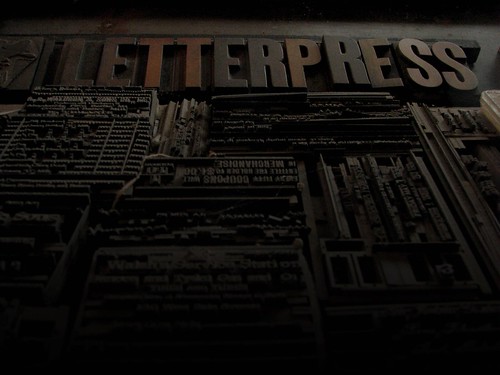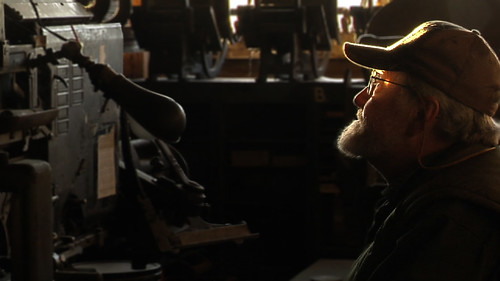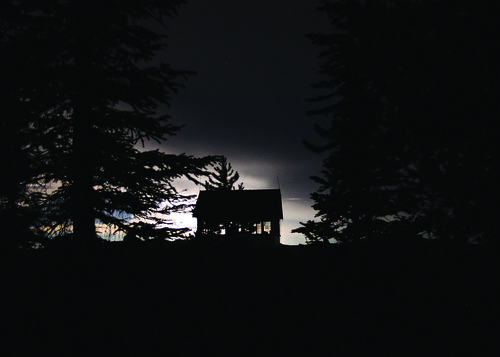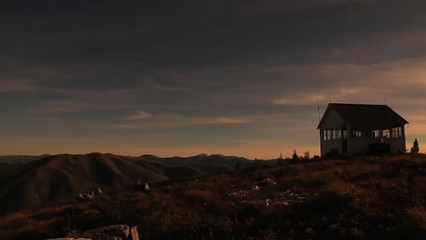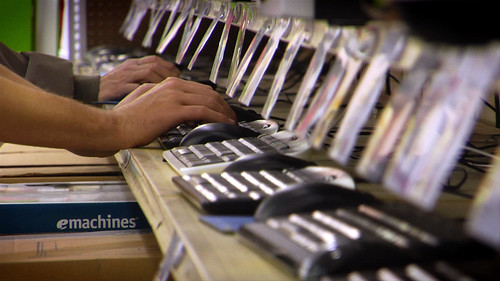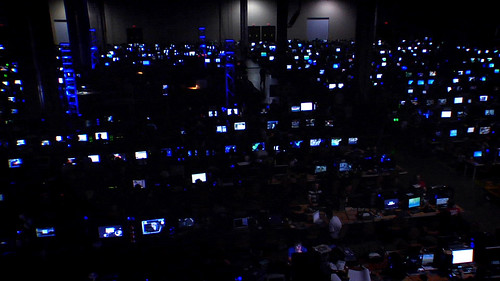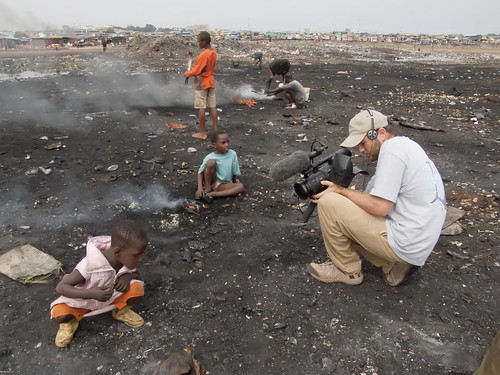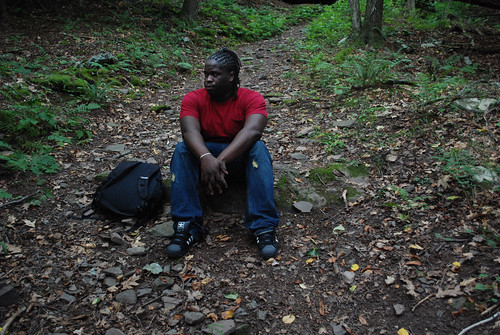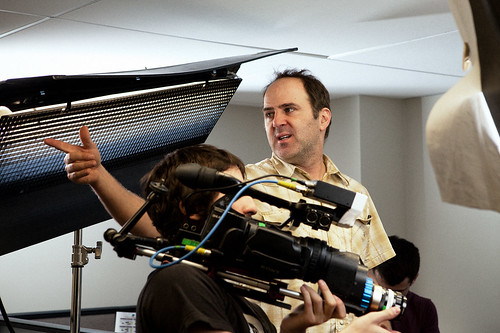ASHLEY MAYNOR WRITES:
I recently received a request for some advice from a young filmmaker in Kansas City who's conducting informal interviews with people in the industry. As I wrote my reply, I thought I'd publicly share her questions and my answers:
-What advice would you give to young filmmakers, fresh out of school, who are looking to start in the industry?
Don’t wait for permission—from funders, programmers, production companies, etc.—to make your movie. All the tools you need are within your reach. Great stories have been told with Fisher Price cameras. You can make a moving film with nothing more than clear film leader. It’s not about the camera. Or the actors. Or the budget.
Make something people want to watch. Try to tell uncommon stories. Don’t imitate other filmmakers—try to make something the world needs, a story only you can and must tell. As Rainer Maria Rilke told a young writer who looked to him for advice, if you don’t wake up in the middle of the night yearning to make your work, then you should probably consider another vocation.
-Is it difficult to build contacts/connections when you are just starting out?
If you have lots of money or went to a fancy film school, it might not be. But generally speaking, building a network requires a lot of work, a lot of sweat, and a lot of rejection. Ten years into the business, I feel I’m just now getting a foothold on a network of my own. It's very possible, but roll up your sleeves.
-How do you begin to make connections?
Start in your own backyard—meet people with common geography, interests, ideas…Go to as many film festivals as you can afford. Meet other filmmakers who are doing work you respect and admire. Better yet, meet other artists—musicians, writers, visual artists, and so on. They can help to inspire you and, sometimes, help you with your film in a more direct way.
Be good, gracious, and kind to the people who find their way into your life. One of the best connections that has helped me to date was with my college study abroad advisor. I sent him postcards from all the countries I visited in college. Years later, he was repping a musician whose work I wanted to license for my first documentary.
Get a producer—they are excellent network builders. Consider following really great blogs. Try starting here or here or here. Read. A lot. The internet provides opportunities for learning and developing a network well beyond where you might live or be able to travel.
-How important/vital do you think these connections are in the industry?
Filmmaking is a collaborative venture, so by the very nature of the art and business, you need other people. Particularly, filmmakers rely on programmers to lend a stamp of legitimacy to their work and to get it in front of bigger audiences than one can get without them. I believe the most influential network a filmmaker can have is among programmers and critics.
-What are some common mistakes you see young/new filmmakers making?
Derivative work. Work without soul. Pretty but vapid pictures. Unabashedly and unnecessarily violent films. Films that only make us more asleep, less in touch with the world and people and concerns around us.
Doing it for the money. If you’re in it for the money, there are much better, faster, and more reliable ways of getting rich. So don’t do it for the money. In fact, you're probably going to need a day job.
I make films to wake people up, to change lives—that is where I set the bar for whether or not a film should be made.
-What are some of the most difficult challenges you face when working on a film?
Every film is a tiny miracle. It is harder to do than you will probably ever be able to explain to anyone who wasn’t there. We all have our war stories for every film we make. I think it’s actually better to not know what those challenges will be or just how damn hard it’s going to be, otherwise you might not do it. So, this is one area of life where naiveté is actually a blessing. Hang onto it for as long as you can.
I once heard Jonathan Demme say, it doesn't matter if you're 19 or 91, with each film you're a first-time filmmaker. So, with each film, let yourself be a newborn.

